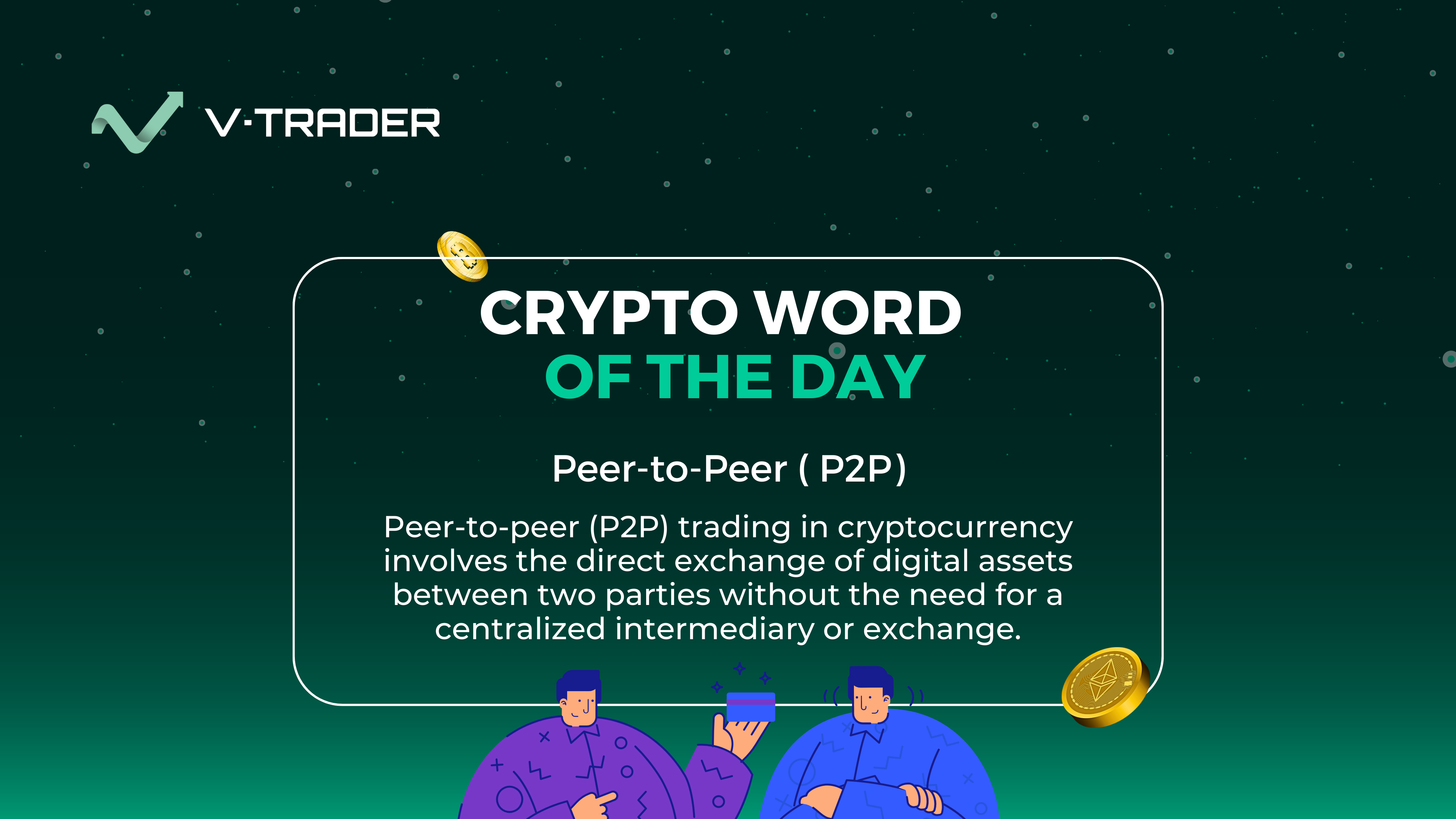Ethereum has established itself as one of the most influential platforms in the cryptocurrency industry. As the first blockchain network to introduce smart contracts, it has paved the way for decentralized finance, supply chain solutions, and countless other applications.
The Ethereum project has continuously evolved to address scalability issues and high transaction fees, making it a central player in shaping the future of digital finance. Let’s dive into how Ethereum might continue to innovate going forward and the challenges and opportunities that will determine its long-term success.
Current State of Ethereum
Ethereum has undergone significant transformations since its launch in July 2015. Originally operating on a traditional proof-of-work model, the Ethereum protocol transitioned to proof-of-stake through an upgrade known as The Merge in September 2022.
This shift improved network efficiency and significantly reduced energy consumption. The Ethereum team continues to work on scalability solutions, such as Layer 2 rollups, to address ongoing network fees and transaction confirmation times.
Currently, Ethereum holds the second-largest market capitalization in the cryptocurrency industry, giving way only to Bitcoin. Its trading volume remains strong across major crypto exchanges, with millions of crypto trades occurring daily.
Despite fluctuations in the Ethereum price, market sentiment remains positive due to ongoing development efforts and growing institutional adoption. With continued improvements, Ethereum will maintain its dominance in the space, not only as a foundational cryptocurrency blockchain but also as the backbone of decentralized finance and Web3 innovation.
Key Ethereum Innovations
Ethereum’s future depends on its ability to adapt and innovate in a rapidly evolving cryptocurrency industry. The Ethereum project is consistently pushing the boundaries of blockchain technology, introducing upgrades that improve transaction efficiency, security, and scalability.
With each advancement, the Ethereum blockchain becomes more robust, offering developers and users improved functionality and lower transaction fees. From the transition to proof-of-stake to breakthroughs in smart contract execution, innovations are shaping the foundation and future of a more efficient and accessible decentralized ecosystem.
The Ethereum project is constantly improving the ecosystem, here are some examples of innovative upgrades:
- The Merge and Proof-of-Stake Transition: The move from traditional proof-of-work to proof-of-stake significantly reduced Ethereum’s energy consumption and enabled a more efficient staking system. This has also contributed to increased security and decentralization.
- Sharding and Scalability Enhancements: To address scalability issues, Ethereum is implementing sharding, which will divide the blockchain into smaller, more manageable pieces. This will improve network efficiency and allow for multiple transactions to be processed simultaneously.
- Layer 2 Solutions: Rollups like Optimistic Rollups and zk-Rollups are reducing network congestion by processing transactions off-chain before submitting them to the main Ethereum blockchain. These solutions help lower transaction fees and improve transaction confirmation times.
- Smart Contract Improvements: Enhanced Ethereum verification mechanisms are being developed to make smart contracts more efficient and secure, reducing the risk of exploits and vulnerabilities.
- Fee Structures and Optimization: The Ethereum team continues to refine its fee schedule to lower gas fees and optimize the price spread for users. Lowering network fees is a key factor in Ethereum’s long-term adoption.
Challenges on the Horizon
Currently, most blockchains operate independently, limiting their ability to communicate and share data seamlessly. The lack of standardized protocols for cross-chain transactions hinders innovation and prevents users from easily transferring assets between different networks.
Also, because crypto markets are notorious for extreme price fluctuations, the lack of stability discourages traditional financial institutions from deeper involvement.
Despite its strong position in the cryptocurrency industry, Ethereum faces additional challenges that could impact its future growth and adoption:
- Scalability Issues: While Ethereum is evolving, it still struggles with handling a high volume of cryptocurrency transactions efficiently. The implementation of sharding and Layer 2 solutions aims to address these issues, but the transition is still ongoing.
- High Gas Fees: Ethereum’s network fees remain a concern, particularly during periods of high demand. Although Layer 2 solutions are helping, the Ethereum protocol must further refine its fee structures to ensure low transaction costs for all users.
- Competition from Other Blockchains: Rival blockchain networks like Solana, Cardano, and Binance Smart Chain offer lower fees and faster transaction confirmation times, posing a challenge to Ethereum’s market dominance.
- Regulatory Challenges: As governments around the world tighten the regulations on the cryptocurrency industry, Ethereum must navigate legal uncertainties to maintain its position as a leading platform for decentralized finance and crypto trades. New regulations could impact everything from cryptocurrency transactions to crypto exchanges.
- Security and Network Stability: Ensuring the security of the Ethereum blockchain is a continuous effort. Protecting against potential vulnerabilities, including risks associated with smart contracts and crypto orders, remains a top concern.
- Privacy: While the “public” Ethereum blockchain offers transparency, it can also be a double-edged sword. Some users are concerned about financial privacy, as public ledgers make it possible to trace any cryptocurrency transaction. This has led to the rise of other “privacy” focused coins, but they are often faced with regulatory pressure.
If the Ethereum project is able to address these obstacles it will be better positioned for long-term success in an increasingly competitive and regulated market.
Opportunities for Growth and Adoption
Ethereum is at the forefront of blockchain innovation, and despite the challenges it faces, its future prospects remain strong. As the demand for decentralized finance, smart contracts, and Web3 applications grows, Ethereum is uniquely positioned to lead this transformation.
As previously mentioned, the shift to proof-of-stake, combined with ongoing scalability upgrades, is making the network faster, more energy-efficient, and accessible to a wider audience. Several key factors are driving its continued growth and adoption:
- Increased Institutional Interest: Many financial institutions are exploring Ethereum-based solutions, from crypto exchange-traded funds (ETFs) to blockchain-powered financial products.
- Expanding Decentralized Finance (DeFi) Ecosystem: Ethereum remains the backbone of the DeFi movement, offering users access to lending, staking, and other financial services without traditional intermediaries.
- Integration with Supply Chain Solutions: Businesses are increasingly leveraging Ethereum’s smart contracts for supply chain transparency and efficiency, further expanding its use cases.
- Ethereum Price Stability and Growth Potential: With continuous upgrades and strong market adoption, many analysts believe the Ethereum price will experience long-term appreciation.
- Enhanced User Experience: The implementation of single slot finality and other efficiency improvements will make interacting with the Ethereum blockchain faster and appear seamless.
What Can Be Gained?
Ethereum has undergone a remarkable transformation since its inception, evolving into a foundational pillar of the decentralized finance ecosystem. The recent transition to a proof-of-stake consensus mechanism has significantly reduced its energy consumption (by 99.9%), showing Ethereum’s commitment to sustainability. This shift not only enhances the network’s efficiency but also positions it favorably amid growing environmental concerns.
Looking ahead, Ethereum’s roadmap includes the Pectra upgrade, slated for completion in the first quarter of 2025. This upgrade aims to introduce several significant changes, impacting everything from the base layer to end-user applications, thereby enhancing scalability even more and improving the user experience. Such developments are poised to solidify Ethereum’s dominance in the blockchain space for years to come.
Market dynamics also suggest a promising future for Ethereum. Wall Street analysts project that Ether could reach a record high above $5,000 next year, driven by favorable demand and market supply dynamics. The optimism is further reaffirmed by increasing institutional interest and the potential for regulatory clarity in the US and Europe, which could pave the way for broader adoption and integration into traditional financial systems.
For those eager to participate in Ethereum’s growth, now is the best moment to engage with this market. Platforms like vTrader offer a seamless and secure trading environment, featuring an extensive selection of supported cryptocurrencies, including Ethereum. With a user-friendly interface, advanced trading tools, and robust security measures, vTrader is designed for both novice and experienced traders.
Additionally, vTrader provides mobile applications for both Android and iOS devices, enabling users to manage their investments conveniently on the go. Embark on your Ethereum journey today with vTrader, and be a part of the future of decentralized finance.

Steve Gregory is a lawyer in the United States who specializes in licensing for cryptocurrency companies and products. Steve began his career as an attorney in 2015 but made the switch to working in cryptocurrency full time shortly after joining the original team at Gemini Trust Company, an early cryptocurrency exchange based in New York City. Steve then joined CEX.io and was able to launch their regulated US-based cryptocurrency. Steve then went on to become the CEO at currency.com when he ran for four years and was able to lead currency.com to being fully acquired in 2025.


